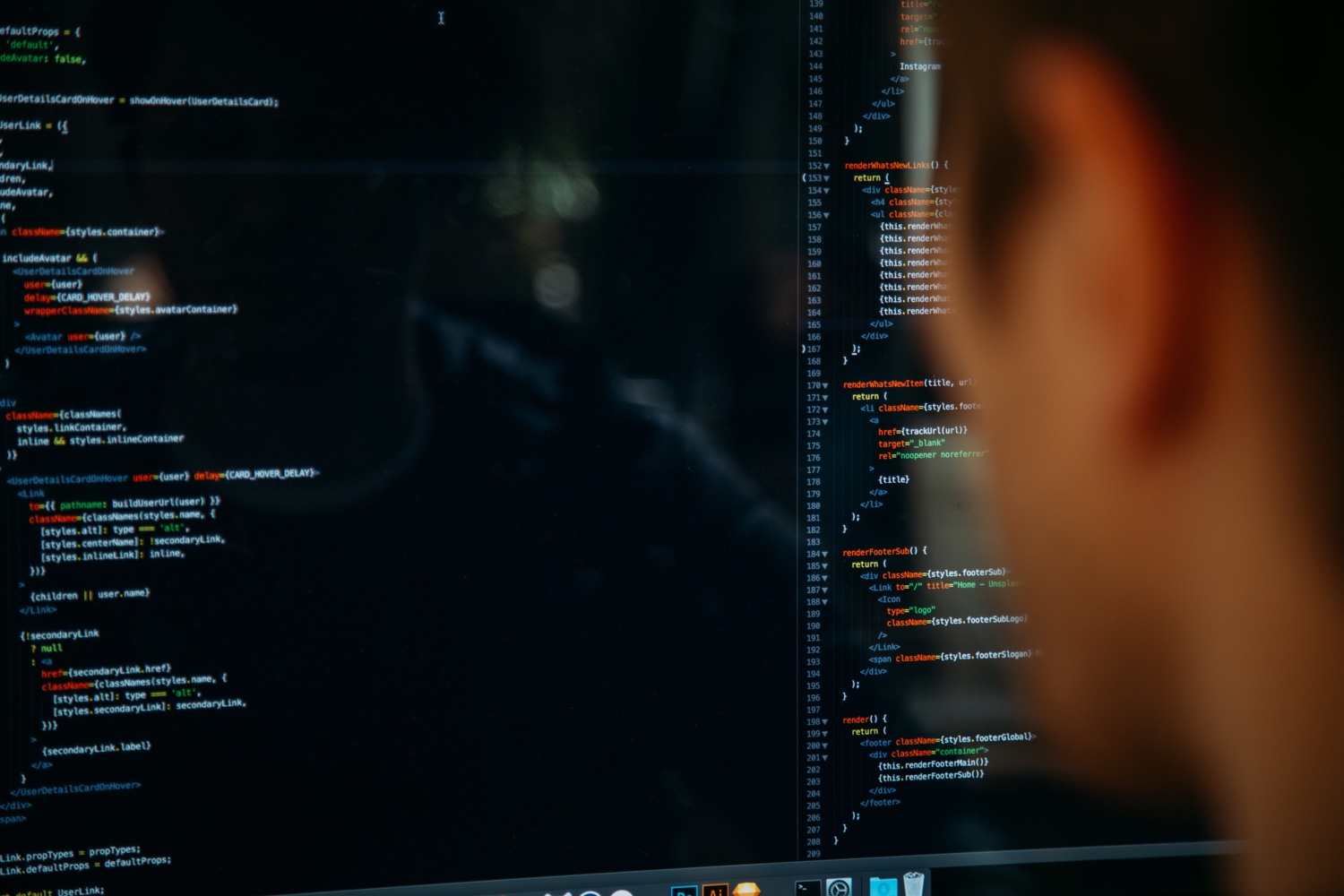In this guide, you will learn all about Bitcoin (BTC) and cryptocurrency, how they work, why they exist and what kind of technology is behind Bitcoin. It wasn’t too long ago when people started hearing the words ‘Bitcoin’ and ‘cryptocurrencies.’
Few people outside of the crypto-communities knew what they were and many thought it was just another fad that was bound to fail in a few years or so. The value of one bitcoin was just a few cents then so obviously it wasn’t worth a lot. For this reason, it was ignored by the masses. There were far more profitable investments one could make, after all.
Those who invested sums of money on the new digital currency either believed in the system proposed by its founder, Satoshi Nakamoto, or they simply wanted to see how it works.
Either way, those who believed were rewarded greatly, and continue to be rewarded, as a single bitcoin now costs thousands of dollars.
It only took Bitcoin five years to breach the $1,000 mark in late 2013, and just a few years later, Bitcoin prices are at an all-time high – way past the $10,000 mark for a single bitcoin!
With skyrocketing prices and extremely fast growth, more and more people are curious about bitcoins and cryptocurrencies as a whole.
A Look At Cryptocurrency and Bitcoin’s Colorful Past
Cryptocurrencies are digital currencies which are electronic in nature. They do not have a physical form like paper money or coins which you probably have in your wallet right now. You can't hold them physically, but you can buy things with them.
Depending on the merchant you're doing business with, they may accept more than one cryptocurrency as payment.
According to CoinMarketCap (https://coinmarketcap.com), there are more than 1,000 active cryptocurrencies right now. If you’re looking to invest your hard-earned cash but can’t afford Bitcoin prices right now, there are plenty of alternative cryptocurrencies to choose from such as Ethereum, Litecoin, Ripple, Dash, Monero, Zcash, and more.
*** We would, of course, advise you to do some in-depth research on the cryptocurrency you want to invest in as not all cryptocurrencies are equal. Some are more stable than others and would, therefore, make for better investments.
Bitcoin is not the world’s first cryptocurrency, but it is the most successful. Many have come before it but all have failed. And the reason for failure? Virtual currency had an inherent problem – it was easy to double spend.
You could pay $100 to one merchant and use the same amount of money to pay a second merchant! Scammers and fraudsters simply loved this loophole.
Fortunately, in 2007, Satoshi Nakamoto started working on the Bitcoin concept. On October 31st the following year, he released his white paper entitled “Bitcoin: A Peer-to-Peer Electronic Cash System” which outlined a payment system that addressed the double spending problem of digital currencies.
It was a brilliant concept that drew the attention of the cryptographic community. The Bitcoin Project software was registered in SourceForge just a little over a week after the white paper was published.
In January 2009, the first ever Bitcoin block called the ‘Genesis block’ was mined. Days later, block 170 recorded the first ever bitcoin transaction between Hal Finney and Satoshi Nakamoto.
The very next year, in November 2010, Bitcoin’s market cap exceeded $1,000,000! This was a very pivotal moment in the development of Bitcoin as this lead to more people getting interested and investing in bitcoins. The price at this point was $0.50/BTC.
However, in June 2011, Bitcoin experienced the so-called “Great Bubble of 2011” after reaching an all-time high of $31.91/BTC. Just 4 days after reaching its highest price, the exchange rate plummeted to just $10/BTC.
Many investors panicked at losing so much money and sold at a loss. It took almost 2 years for the exchange rate to recover and surpass the previous all-time high. Those who kept their bitcoins made the right decision as the price has continued to climb and surpass everyone’s expectations.
What’s really interesting about Bitcoin is that while all transactions are public and nothing is hidden from anyone, no one actually knows anything about Satoshi Nakamoto.
Many have speculated that he is not just one person but rather a collective pseudonym for a group of cryptographic developers. Some have come forward claiming to be Satoshi, but to date, his real identity remains a secret.







